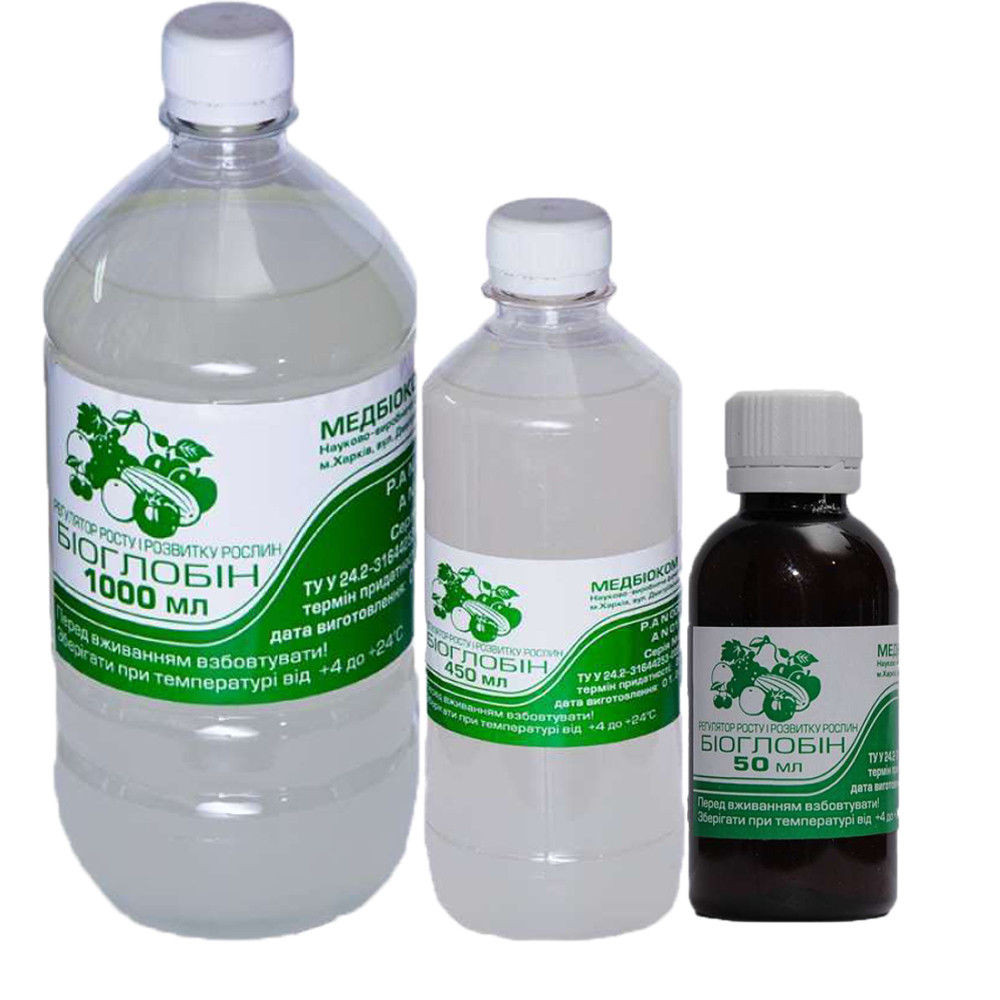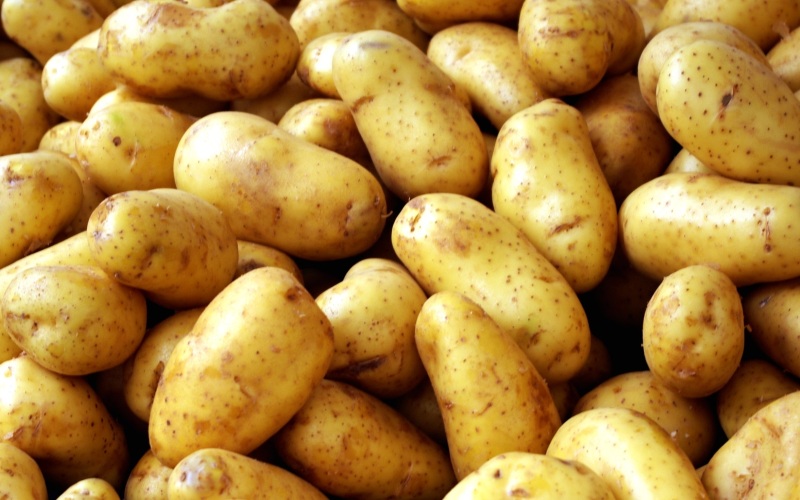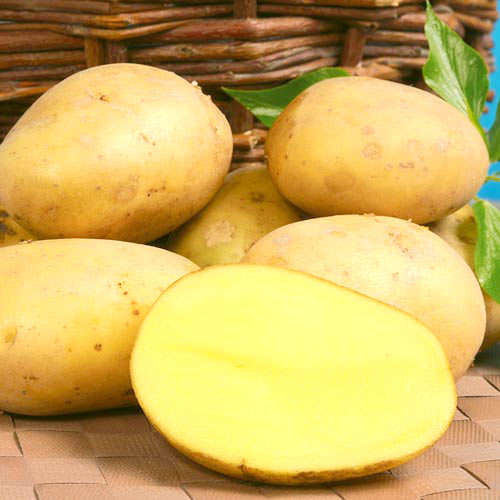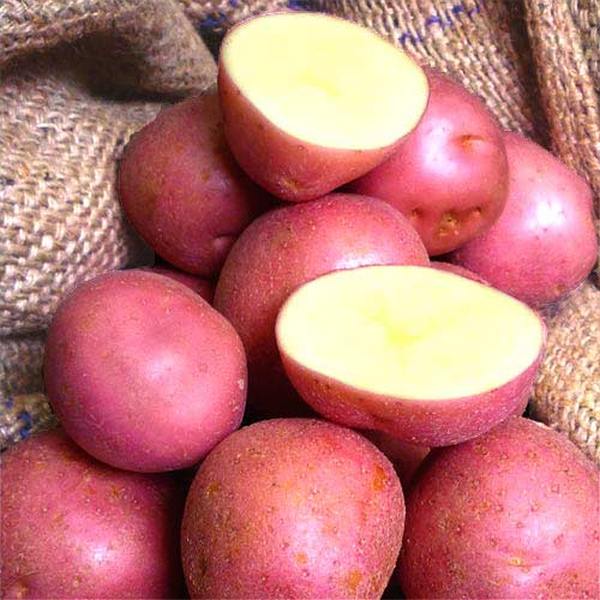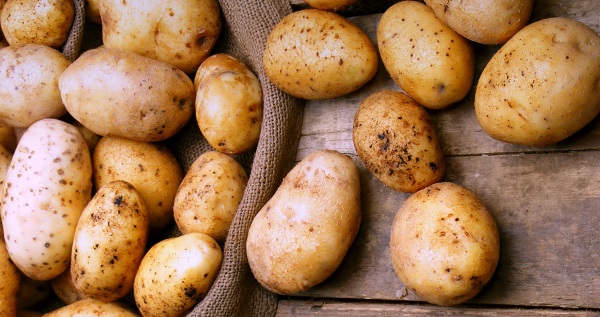Content:
Potatoes are such a popular product all over the world that new varieties are developed and new ones are improved every year. Russian scientists are facing a difficult task, since there are practically all climatic zones on the territory of our country. Therefore, it is almost impossible to breed one ideal potato variety. However, research is ongoing.
One of the newcomers to Russian breeding is the Gulliver potato. This is a very young variety, included in the Register in 2018. Scientists of the All-Russian Scientific Research Institute named after A.G. Lorkha and the Korenevo Agrocenter have been working on its creation since 2015.
Description of the variety
Gulliver is a type of early maturing potato varieties. After a maximum of 10 weeks, the crop is fully ripe. It is not in vain that this potato received such a name, it develops powerful straight stems, very high, sometimes up to 1 meter. The leaves are dark green, fleshy, medium-sized, densely growing on the branches. Flowers are formed quite densely, shade from pale red to light purple. The root system is located close to the surface of the earth - no deeper than 0.15 m. The tubers grow very large, little things are practically not found. The shape of the fruit is oval, even. The rind is dense, light brown. The eyes are shallow, evenly distributed and in small numbers. The pulp is pale yellow, very juicy and crispy. Taste qualities are assessed as excellent, therefore potatoes are suitable for absolutely all types of dishes, do not lose their attractive appearance during heat treatment, and retain their intense taste and aroma. The plant perfectly tolerates dry summers and 30-degree heat.
The manufacturer recommends this variety for the Central and Black Earth regions. High yield and marketable appearance make these potatoes suitable for growing on an industrial scale. Varietal potatoes are available from an authorized manufacturer and from recommended specialist stores.
Gulliver potatoes: variety description
| Characteristic | Value |
|---|---|
| Yield | 650-700 c / ha |
| Weight of 1 fruit | 120-150 g. |
| Number of fruits on a branch | 5-11 pieces |
| Ripening period | 2 months |
| Bush height | 0.85 m |
| Preservation in winter | 95% (high) |
| Starchiness | 11-14 % |
Agricultural technology of cultivation
Germination of potatoes for planting can be started at fairly low temperatures. Sprouts develop very well already at + 5˚C. The optimum temperature for germination is +15 ˚C… + 18 ˚C. It will take 6-8 weeks to germinate. Gulliver needs sufficient lighting, while direct sunlight leads to greening of the tubers. It is best to choose a room that is isolated from direct rays and with soft, diffused light.
Only good fruits without chips and cuts are suitable for planting. In addition, before planting, you can carry out preventive treatment against fungal and infectious diseases, as well as against harmful insects (Colorado potato beetle, potato fly, wireworm and others). The most famous drugs: Planriz, Albit, Fitosporin, Binoram, Prestige, Commander. When preparing the solution, you need to be guided by the recommendations indicated on the package, since the dosages for each product are different. Folk remedies are also effective enough against pests: 1% solution of potassium permanganate, copper sulfate or wood ash.To improve the development of the plant, tubers are treated with growth stimulants before planting: Epin, Poteytin, Bioglobin and others.
Planting Gulliver potatoes begins in the first or second decade of May and does not differ from other varieties. Basic Rules:
- Potatoes are planted on the most even surface without tilting. When the site is located on hilly terrain, the rows are placed across the slope so that moisture does not drain;
- The optimum planting depth of tubers is 0.15 m. Deeper planting slows down the growth process, the tubers form smaller;
- The row spacing should be at least 0.6 m, and 0.35-0.4 m should be left between the planting holes. For the Gulliver variety, this is especially true, since the bush and tubers grow very large and powerful. A denser planting will hold back development;
- The optimum soil acidity is 6.0 Ph. To equalize acidity, it is necessary to lime with dolomite flour at the rate of 300-400 g / m2;
- Application of organic fertilizers. The first time the manure is applied in the fall (the norm is 6 kg / m2), the second time - in the spring. In autumn, you can fertilize with both fresh and rotted manure, and in spring only rotted manure, since fresh manure is too concentrated and negatively affects the development of tubers. Potatoes build up powerful tops at the expense of the crop;
- For planting, you need to take the smallest tubers or cut the large ones into several parts, so that each part has 3 eyes. Large planting material gives a small yield;
- If the groundwater on the site lies close to the surface of the earth, then it is better to plant the tubers higher, in the ridge;
- After planting, the potatoes need to be watered well.
The treatment consists of a standard set of procedures:
- If the planting measures are carried out correctly, then shoots should appear in 15-20 days. When the sprouts reach 10-15 cm in height, the first hilling can be done. The tool is buried 10 cm into the ground, while loosening and weeding are carried out. The plant hides to the bottom leaf. After about 20 days, hilling is done again, this is especially true in an area with heavy soils. The third hilling is carried out when the bush reaches 0.3 m in height. With the third hilling, you do not need to loosen the soil deeply so as not to injure the root system;
- Watering is not a primary procedure for this variety, as it grows well in dry soil. At the same time, at the moment of bud formation and during the flowering period, it is better to maintain the soil in a moist state, since at this time tubers are actively formed and grow. Watering should be abundant so that not only the surface is wet, but also the deep layers of the soil;
- Top dressing is important for good development of both tops and fruits. At different stages of growth, it is necessary to apply a different complex of fertilizers. The first feeding is done at the time of planting and consists of an organic part (rotted manure or compost), ash and nitrophoska. In the second and third feeding, the emphasis should be placed on potash and phosphorus fertilizers, since it is they that affect the development of fruits. Top dressing can be applied simultaneously with hilling;
- Pest control is usually limited to preventive seed treatment, since Gulliver has a high immunity to all known diseases and pests. In rare cases, potatoes are attacked by a nematode. You can get rid of it with Phosphamide, BAC "Ecogel", "Nematofagin BT". All these drugs have similar properties: they destroy both eggs and nematode worms, while they are safe for animals and people, but precautions during processing should still be observed, since chemical agents in any case contain harmful components;
- Harvesting and storage.In early July, young potatoes can be dug up and eaten, and at the end of July, the tubers are fully ripe and ready for mass harvesting. You can determine the ripening of the crop by the tops: the leaves begin to turn yellow, and the branches dry out. The tops can be mowed a week before harvesting so that they do not take up nutrients. Harvesting is best done on a sunny, windy day so the potatoes can dry out. The dug tubers need to be left on the ground for only 2-3 hours, after which you can start sorting and harvesting. The most ideal and not very large fruits are laid aside for planting. Chopped, chopped and ugly tubers are either thrown away or left to feed livestock. Rotten potatoes must be thrown away immediately, otherwise healthy fruits will begin to rot from it. The storage for potatoes should be dark, well-ventilated, with a constant temperature of +2 ˚C… + 4 ˚C. Air humidity should be maintained at 70-85%. The potato storage must be equipped with a thermometer and a hygrometer (a device for measuring humidity). Under such conditions, potatoes retain their elasticity for a long time, do not germinate and do not freeze.
Advantages and disadvantages
The variety is still a newcomer to the market, therefore it has not yet been comprehensively researched. The main pros and cons are assessed in near-ideal growing conditions.
| pros | Minuses |
|---|---|
| Unrivaled taste | Recommended for cultivation only on chernozem soils |
| Resistant to dry weather conditions and high temperatures | If the storage mode is not observed, it can be severely deteriorated. |
| High degree of protection against the vast majority of diseases and pests | |
| Highest commercial characteristics: appearance, keeping quality, transportability, taste |
Despite the fact that Gulliver is a young variety, he has already won the trust of a large number of people. The variety has large and very tasty fruits, is not subject to diseases and pests and is not at all picky about growing conditions. The peculiarity is that it does not show high productivity on all types of soils, as it was created specifically for fertile soil.

